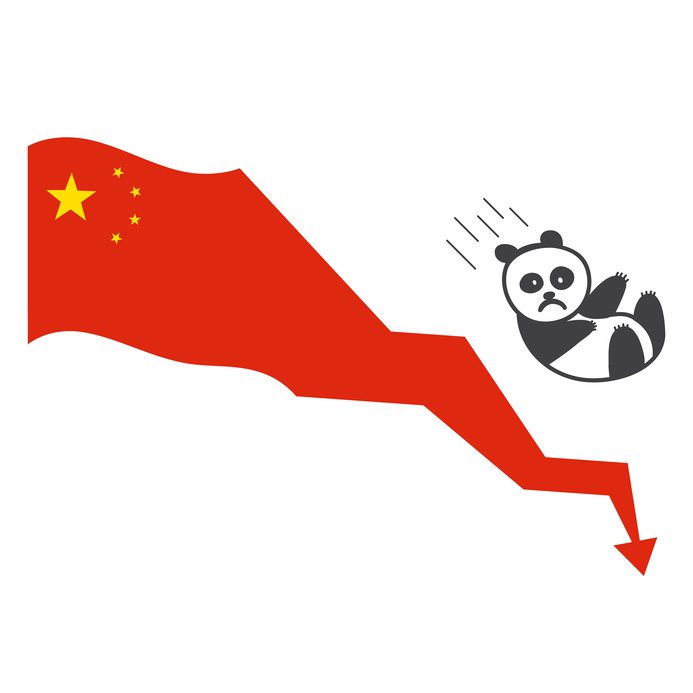With 600 million population, Latin America still remains highly unexploited by low cost carriers (LCC). The region is dominated by only six homegrown low cost airlines, which makes it a promising growth market for discount carriers. With growing middle class, flourishing trade and commerce, and appetite for travel, Latin America is destined to become a discount air travel hub. However, even with such substantial opportunities, LATAM region is yet to overcome the hovering hurdles standing in its way to fulfill its potential as a dynamic market for low cost airlines.
Some regions housing emerging economies such as South East Asia have grown to accommodate 22 low cost airlines while Latin America is stalled with only six — Azul, Gol, Interjet, Volaris, VivaAerobus, and VivaColumbia. Currently, travelers flying across only Brazil, Columbia, and Mexico have the privilege to book their tickets with a low fare airline. Other potential markets such as Argentina, Chile, Ecuador, Peru, and Venezuela remain unexplored by LCCs with minuscule penetration or complete absence of any discount carriers. Some of the roadblocks hindering LCC development in the region include high costs of operation, government bureaucracy, economic headwinds, etc.
Obstacles faced by new entrants and existing LCCs in LATAM

Is there any growth prospect for LCCs in Latin America?
The emerging Latin American countries offer an array of opportunities for low cost airline industry, leading to new LCCs slowly starting to enter the market with recent example including the Southwest Airlines, an American low cost carrier, which in March 2015, started operating flights between Costa Rica and Baltimore (USA).
Currently, Latin American travelers typically opt for long haul buses, which are an economically viable, yet time-consuming option, to travel long distances. However, the advent of LCCs in the region could completely change the landscape for time and money conscious travelers. The LCCs could offer cost effective travel in a much shorter time.
New emerging customers
The burgeoning demand for air travel is increasingly accompanied with favorable conditions such as the growing middle class and signs of recovery in GDP growth, which collectively are likely to push low cost airlines’ growth in the near future. Presently, the middle class represents about 34% of the population in Latin America, approximately 200 million people, and is likely to grow resulting in higher demand for no frills airlines. The growing middle class, possessing the required financial means, is likely to push intra-regional travelling, as these people will want to travel for tourism and work. This section of the population is prone to consider travel options that are more expensive but less time consuming than long haul buses, but would still not be able to afford mainline airlines fares. Hence, they would prefer flying with a low cost airline.
As in 2015, the Latin American economy is forecast to show signs of recovery from years of slow GDP growth, the overall economic growth in the region is likely to increase investments in the LCC market and put higher disposable income in hands of the middle class population. This might lead to higher spending on vacation, thus, pushing the interest in LCCs. Economic growth is likely to pick up in countries such as Mexico, Chile, Colombia, Brazil, and Panama. In 2015, Brazil is forecast to grow at 1.4% from 0.3% in 2014. Chile is expected to rebound witnessing a 3.3% GDP growth in 2015 after slowing to 1.9% in 2014. Mexico’s GDP growth is likely to accelerate from 2.4% in 2014 to 3.5% in 2015.
Cost cutting and revenue generation
LCCs are seeking opportunities to reduce cost of operation and generate more revenue. For ticket reservation, LCCs are switching to direct sources (airline website) or metasearch engine (a search tool that takes input data from other search engines to produce its own results) instead of relying on Online Travel Agencies (OTA) such as Despegar, which sell various airline tickets. While the OTAs are perceived as a convenient platform for travelers to compare prices and book airline tickets, they seek a healthy cut from airline ticket sales. Switching to direct sources or metasearch engines could help LCCs cut intermediaries and boost profits.
Airlines are trying to drive revenues by selling ancillaries such as luggage, seats, hotel services, etc. by driving traffic to their own website. VivaColombia and VivaAerobus have refused to pay OTAs and have started distributing tickets through metasearch engine, Escapar, while Volaris has switched to Kayak (a US-based metasearch engine).
Further, airlines are focusing on international route expansion — particularly to the USA — to earn higher passenger yield (average earning of an airline generated by transporting passengers) and to take advantage of the growing international travel demand. In 2015, airlines such as Volaris, VivaAerobus, and Gol plan to bolster international network breadth. In H1 2015, Volaris increased international capacity by 33% and its traffic grew by 28%. By the end of 2015, Azul plans to start flights between Guarulhos (Brazil) and Orlando (USA) as well as Belo Horizonte (Brazil) and Orlando.
Despite the setbacks, jetting across Latin America on a low cost airline does seem like a reality in the foreseeable future
Presently, the low cost airline market in Latin America faces various challenges such as high cost of operation, currency depreciation, and regulatory hurdles. However, with new airlines starting to slowly enter the market, growing middle class pushing the demand for LCCs, and higher forecast GDP growth resulting in more disposable income in hands of people, the future of low cost airlines seems rather bright.










